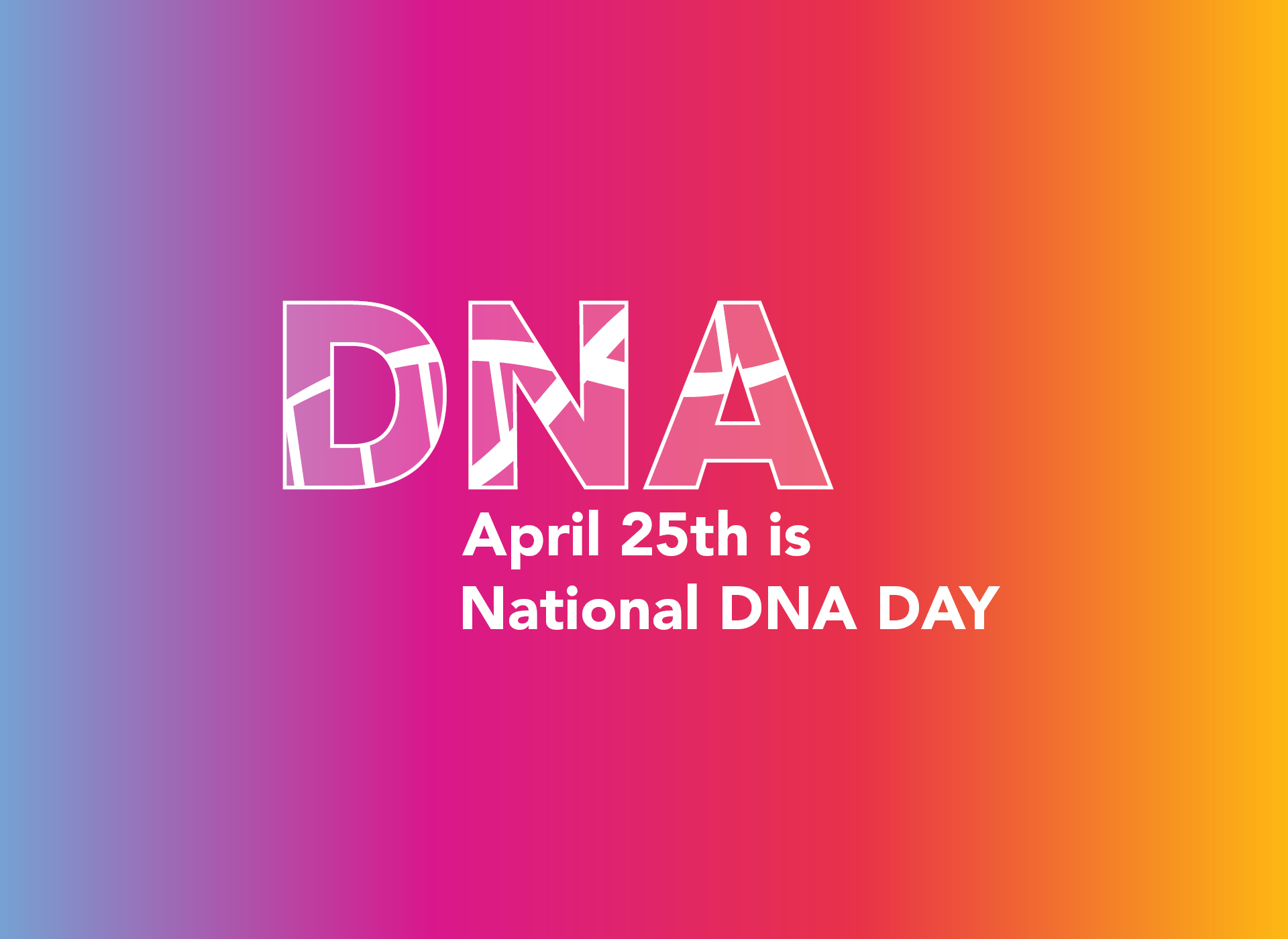April 25th is National DNA Day!
Did you know NCMEC uses DNA and genealogy to help find missing kids and identify unknown remains?
As technology advances, we’re continuing to look for more ways to help solve our cases. Using DNA to make identifications may be one of the most promising tools we have for families who’ve been waiting years, often decades, for answers. At NCMEC, we strive to make sure every case, no matter how old, gets the same modern resources. What’s possible today wasn’t possible even a few years ago.
Over the past 10 years, NCMEC has used DNA to help resolve about 380 cases of missing and unidentified deceased children. Here’s a look at the different ways we use DNA to help solve our cases.
Combined DNA Index System
The FBI started a national DNA database in 1998 to link DNA left during the commission of a crime to offenders who are legally required to provide samples for the database.
You may have heard the word, “CODIS” – that’s the “combined DNA Index System” and it’s the term used to describe the criminal justice DNA databases and the software used to run these databases. According to the FBI, the 20 millionth DNA profile was uploaded in 2021!
The national DNA database is also used to help identify missing people and unidentified people. This is where NCMEC comes in. NCMEC proactively facilitates law enforcement’s collection of DNA samples from family members of missing children. These collected DNA samples are uploaded into CODIS. When law enforcement locates a child who is unable to identify themselves, or locates unidentified child remains, they will take a DNA sample and enter it into CODIS to search for a match.
Modern DNA Testing
Advanced DNA testing is revolutionizing the search for answers in cold cases. Labs are becoming better able to develop DNA profiles from degraded or very small samples. This wasn’t possible before and degradation can be common in cold cases. In fact, just last month, advanced DNA testing finally identified a little girl whose name went unknown for 62 years. This major milestone marked the oldest identification like this NCMEC has seen to date.
Forensic Genealogy
The relatively new use of forensic genealogy to crack cold cases continues to make national headlines around the world. NCMEC is using this important tool to help identify unknown deceased children, as well as find long-term missing children who may have uploaded their DNA to popular services like AncestryDNA, 23andME and Family Tree DNA.
NCMEC facilitates the use of this crime-solving technique by arranging for lab work through external partners who do extractions of DNA from human remains. Those results are uploaded into Family Tree DNA and GEDmatch, a free online database designed to aggregate information from all the major genetic testing companies. We then work with genealogists to help build out the family trees.
But it’s not a simple task. It may take genealogists weeks or even months to find connections and build out a family tree that will hopefully find a living relative connected to the human remains. In total, we’ve seen 42 cases resolved through the use of forensic genealogy, 21 of which happened last year alone!
We know that these databases will become even more helpful as more samples are uploaded, giving genealogists a more robust platform to make connections. If you’ve uploaded your DNA to any of the major online genetic testing companies like AncestryDNA, 23andME, Family Tree DNA or others, please “opt-in” to sharing the results on GEDmatch. It's free to upload to GEDmatch and your connections could help another family get closer to answers.
We’ve seen great strides in DNA technology over the years. We’re extremely hopeful we’ll continue to see many more cases solved and finally be able to give answers to families who’ve been waiting too long. Currently, NCMEC is actively using DNA information to help resolve more than 660 cases of unidentified deceased children, and NCMEC has facilitated the collection of DNA samples from about 2,430 family members related to long-term missing child cases.
For more information about NCMEC’s work to find missing children and identify unknown child remains, visit missingkids.org/impact.
###
